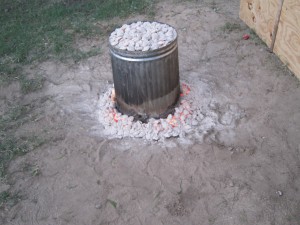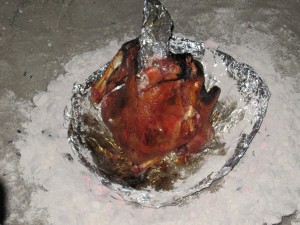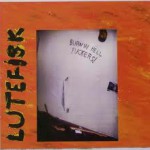Informant: “Millard North High school in Omaha, Nebraska is haunted with the spirit of a kid who was smoking one day in the boiler room. Now, I didn’t even know we had a boiler room but apparently it’s over by the wood shop. Uh, in that hallway. So, this kid was smoking in the boiler room and um a custodian started to walk down the hallway and frightened the kid uh turned around and tried to run away tripped and stumbled down the stairs, hit is head a few too many times and now when you walk past that hallway or walk into the basement, which again I didn’t really know we had a basement, but you can hear the kid’s raspy voice telling you to beware.”
The informant, a Caucasian male, was born in Spokane,Washington and then moved to Omaha. He is currently a student at USC and studies computer science.
The informant heard the story from someone at his high school. He remembers this story because he feels that “ghost stories are always more fun when they have some sort of significance to you, like you have ties to that school, for example, or if it’s in your home town.” According to the informant, the story is not “too frequently passed around,” and he is not sure if anyone at the school truly believes it, or just repeats the story as a joke.
The informant does not believe in ghosts personally, he thinks the story is kind of silly. In fact, the informant stated, “honestly, I’m not even sure if we have a basement.” The informant said that some kids at the school “fall for all of the ghost stories,” but “in many schools there will be some kids who believe that sort of thing.” The informant referred to one friend in particular who believes in ghosts about whom the informant said “I mess with him a lot and he thinks I am entirely serious.” It is possible that this story is circulated as a joke and to “mess with” students who may believe it, but the informant does not think so.
The informant says that “the moral was no smoking in the basement,” and I agree with the informant. Although the story may be used to jest about the paranormal, it ultimately discusses the illegal consumption of marijuana at a school, and the result is death. The student who broke the law is now forced to haunt the hall and warn other students not to make the same mistake. Like other legends, this tale reflects social fears and concerns about the consequences of consuming illegal drugs, breaking the law, and breaking the law on school property.








